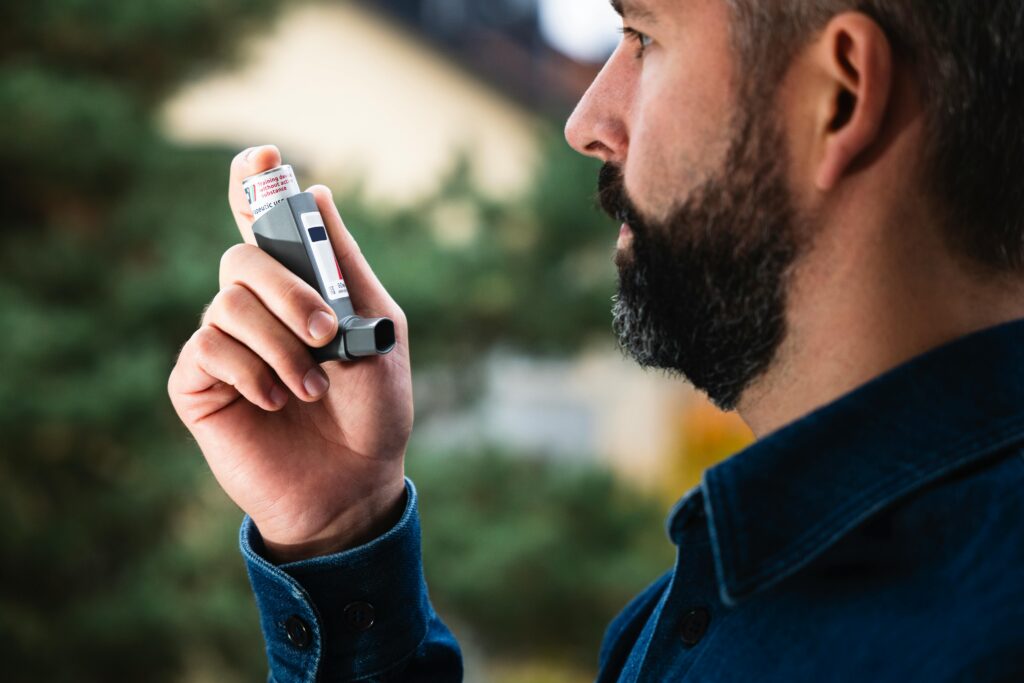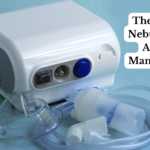Asthma attacks can be frightening and overwhelming, but knowing how to respond quickly and effectively can make all the difference. Whether you are an asthma patient or a caregiver, this step-by-step guide will help you navigate an asthma attack and take the right actions to regain control.
Understanding an Asthma Attack
An asthma attack occurs when the airways become inflamed, swell, and produce extra mucus, making breathing difficult. Common triggers include allergens, pollution, cold air, stress, respiratory infections, and strong odors. Symptoms can range from mild to severe and may include:
- Shortness of breath
- Wheezing
- Chest tightness
- Coughing
- Difficulty speaking
Recognizing these signs early can prevent the attack from worsening.
Step 1: Stay Calm and Stop Any Activity
Panic can worsen an asthma attack. Try to stay as calm as possible and immediately stop any physical activity. Find a comfortable position, preferably sitting upright, as lying down can make breathing more difficult.
Step 2: Use Your Reliever Inhaler (Quick-Relief Medication)
- Take two puffs of your quick-relief inhaler (such as albuterol or salbutamol) immediately.
- Use a spacer if available, as it helps deliver medication more effectively to the lungs.
- If symptoms do not improve within 5 minutes, take another 2 puffs.
- Do not exceed the prescribed dosage; if symptoms persist, seek medical help.
Step 3: Focus on Controlled Breathing
During an asthma attack, controlled breathing can help ease discomfort. Try these techniques:
- Pursed-lip breathing: Inhale through your nose for two seconds, then exhale slowly through pursed lips for four seconds.
- Diaphragmatic breathing: Place one hand on your belly and another on your chest. Breathe deeply through your nose, ensuring your belly rises more than your chest.
Step 4: Move to a Cleaner Air Environment
- If the attack is triggered by allergens or pollutants, move to a well-ventilated area with clean air.
- Avoid exposure to smoke, strong odors, and dust.
- If indoors, open windows for fresh air or use an air purifier.
Step 5: Seek Emergency Help if Symptoms Worsen
If symptoms do not improve after using your inhaler, or if they worsen, seek medical attention immediately. Call emergency services if:
- You struggle to speak or walk due to breathlessness.
- Your lips or fingernails turn blue (a sign of oxygen deprivation).
- Your reliever inhaler is not providing relief.
- You experience confusion, dizziness, or fainting.
Step 6: Follow Up with Your Doctor
Even if the attack subsides, schedule an appointment with your doctor to discuss possible adjustments to your asthma management plan. Frequent attacks may indicate poorly controlled asthma, requiring medication adjustments or lifestyle changes.
Preventing Future Asthma Attacks
Prevention is key to managing asthma effectively. Here are some proactive steps:
- Identify and avoid triggers: Keep a journal to track what triggers your asthma and take preventive measures.
- Take prescribed medications: Follow your doctor’s advice on daily controller medications to prevent attacks.
- Use peak flow monitoring: A peak flow meter can help track your lung function and detect early warning signs.
- Maintain a healthy lifestyle: Eat a balanced diet, stay hydrated, exercise cautiously, and practice stress management techniques.
Final Thoughts
Asthma attacks can be managed effectively with the right knowledge and preparation. Always carry your inhaler, educate those around you on how to assist in an emergency, and maintain open communication with your healthcare provider. By taking these steps, you can reduce the frequency and severity of asthma attacks and live a healthier life.
Do you have personal experiences or tips on coping with asthma attacks? Share them in the asthma friend community.







